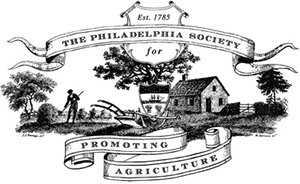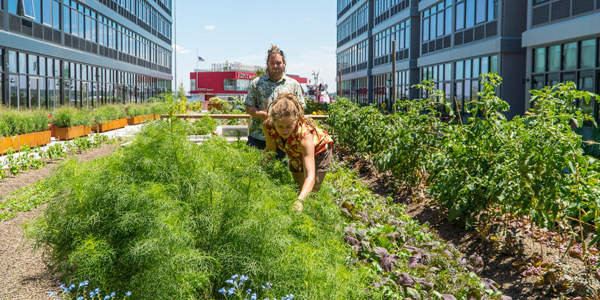A great read shared by our member Bettsy Mosimann
NY TIMES: A Staten Island Urban Farmer
Kenneth R. Rosen
March 10, 2017
Zaro Bates operates and lives on a 5,000-square-foot farm on Staten Island, which may make her the city’s only commercial farmer-in-residence. But instead of a shingled farmhouse surrounded by acres of fields, Ms. Bates lives in a second-floor studio in a midrise apartment complex built on the site of a former naval base overlooking New York Bay.
The farm itself sits in a courtyard between two buildings at Urby, a development with 571 rental apartments that opened in Stapleton last year. Ms. Bates draws a modest salary and gets free housing, which sounds like a good deal until you discover how much work she has to put in.
The 26-year-old oversees a weekly farmstand on the complex premises from May through November and donates to food banks. In her repertory? Some 50 types of produce — greens, summer vegetables, flowers, herbs and roots. She does this with help from her business partner and husband, Asher Landes, 29.
Let the doubters doubt.
“A lot of people instinctively call it a garden, but we really try to manage it for a commercial market,” Ms. Bates said. “It’s funny that people have different kinds of notions of what a farm is. Some people think it needs to have animals, that it needs to have acreage. We intensively crop this space so that we can produce for market, and that’s why we call it a farm.”
Farming, of course, is a New York tradition. In the late 1800s, loam and livestock were predominant north of Central Park and in what is now the East 50s. In “Win-Win Ecology,” Michael L. Rosenzweig argues that ecological science has rooted itself in the common ground of development and conservation: the use of rich natural resources in places where we work and live.
Farms like Ms. Bates’s, in addition to more traditional farmland, have been around for quite some time. Thomas Whitlow, an associate professor of horticulture who specializes in urban plants at Cornell University, Ms. Bates’s alma mater, said that in the 1940s some 40 percent of fresh market produce in New York was grown in victory gardens.

